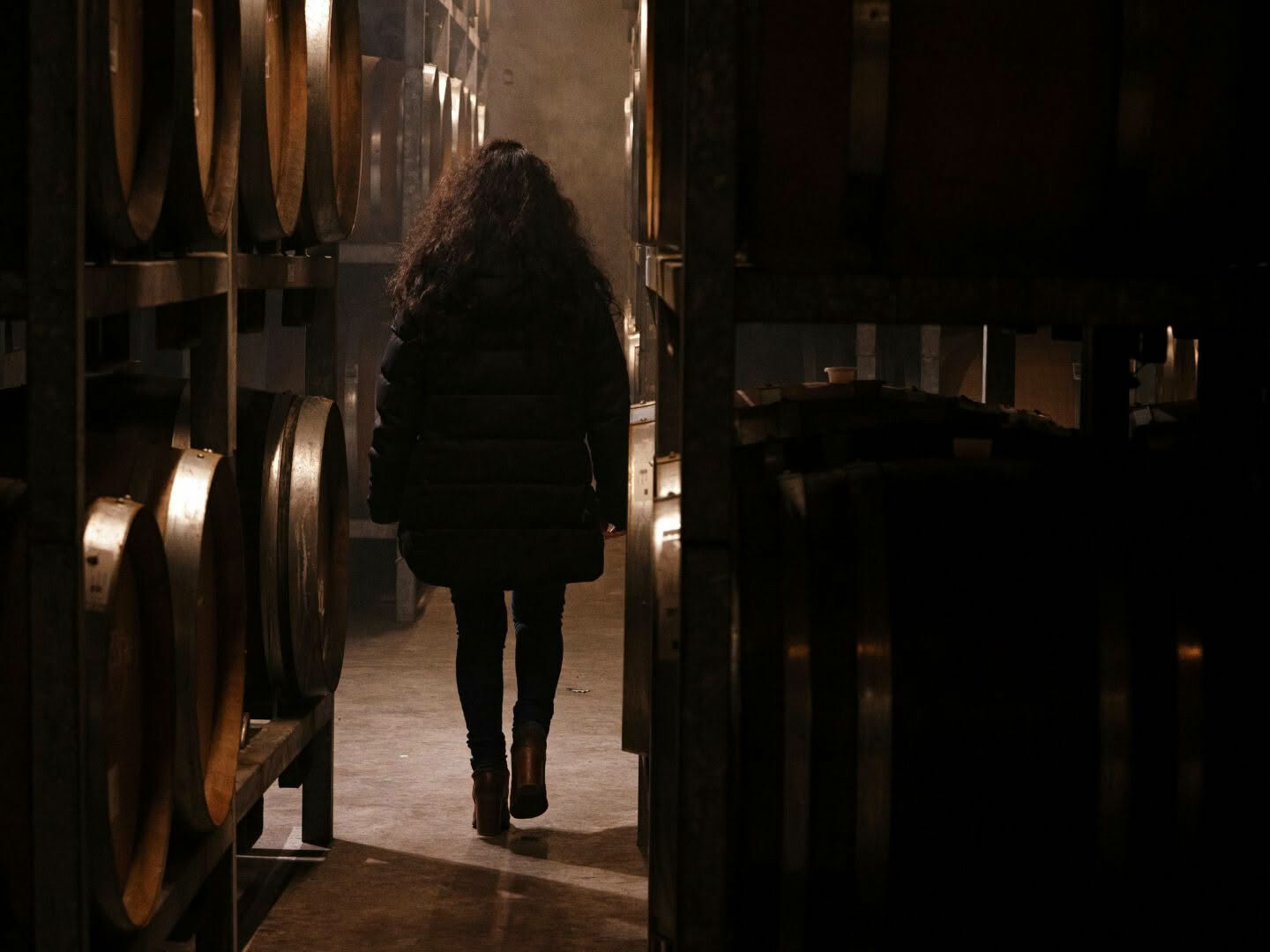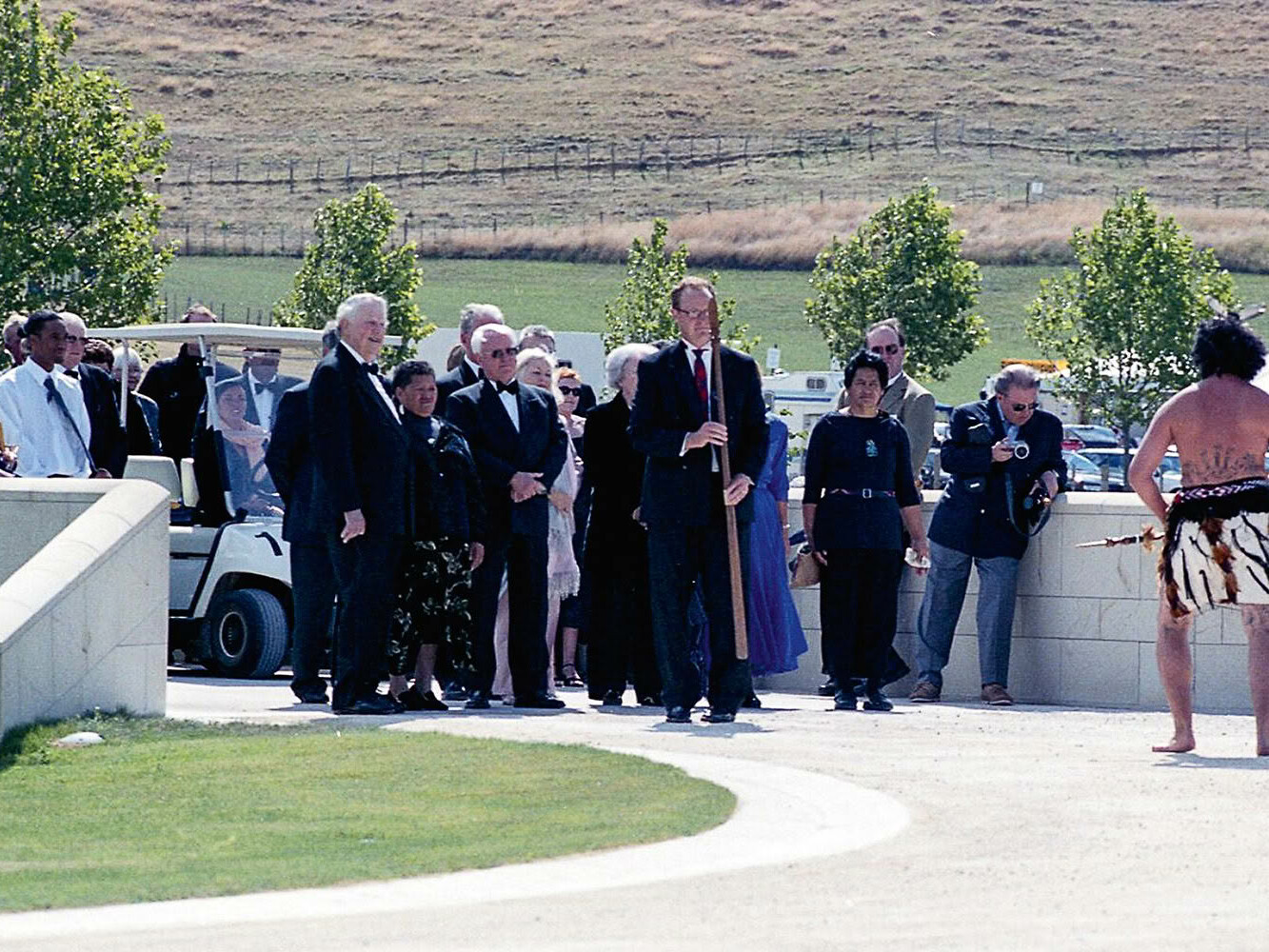Italy has a wealth of grape varieties. Estimates vary wildly, from the Ministry of Agriculture and Forestry count of just over 350, to claims from some commentators of 2,000. Most experts land somewhere between 350 and 550, which is still a lot of distinct varieties (more than France and Spain put together). However, when asked to name grape varieties, the average New Zealand wine drinker is likely to rattle off sauvignon blanc, pinot noir, chardonnay, pinot gris, cabernet sauvignon, merlot or syrah – in other words, French varieties – or at a stretch, German ones such as riesling or gewürztraminer. Very few would conjure up sangiovese or nebbiolo due to their rarity here.
Why are they so scarce in New Zealand? Partly, that’s due to our climate but, just as importantly, it was due to human factors. Around 13 million Italians emigrated starting in the late 1800s, heading to the Americas (until the 1920s) and to Australia (until the 1950s). Given their rich wine traditions, the Italian diaspora introduced their new compatriots to Italian wine and grape varieties, much of which can be seen in those wine industries today.
Italian migration to New Zealand, however, did not align propitiously with wine. The 1860s saw Italian gold miners arrive at Garibaldi in Central Otago and Italian Gully in Westland. Some of them planted grape vines in Clyde and Cromwell, but these were young single men who were highly mobile and almost all left for (or returned to) Australia. Stable Italian communities didn’t emerge until the 1890s when families emigrated from rural areas in the ‘Italian migration trails’: fishermen from Stromboli and Massa Lubrense to Wellington’s Island Bay; Tuscan and Venetian market gardeners to orchards and farms in the Hutt Valley and Horowhenua; tomato growers from southern Italy to Nelson farms and Venetian miners to the mining towns of the West Coast. Some shifted to agriculture late, such as the gold miners from Lombardy who took up dairy farming in Taranaki.
During the 1870s – to fuel aggressive expansion and promote colonisation – the premier, Julius Vogel, offered free passage from southern Europe for willing labourers. One group, arriving in 1876, was assigned to grape-growing in Jackson Bay, Westland. The swampy, thick bush and wet climate was entirely unsuitable, the vineyards failed, and every Italian had left the Bay by 1879. Another Italian, Romeo Bragato, was hired in 1895 as a viticultural adviser to the government. After travelling the country, his report recommended growing wine grapes in several regions including Nelson, Wairarapa, Hawke’s Bay and Central Otago. Naturally, the government heeded none of his advice. Ironically, these are now amongst New Zealand’s best wine regions.
However, despite these challenges Italian varieties are now planted in New Zealand with several excellent examples to discover from Northland to Central Otago. Despite our tendency to plant white varieties in Aotearoa, there are fewer white Italian varieties here than red. This could be because red Italian wines are more prestigious than their white counterparts. The whites consist of arneis, fiano, vermentino and of course glera (the new name for prosecco). Reds include the usual suspects: nebbiolo, sangiovese, montepulciano, barbera and dolcetto, but also some niche varieties such as marzemino, freisa and lagrein. The best-made wines marry the fruit exuberance of New Zealand’s sunlight with the savoury, mouthwatering acidity of these varieties to create very food-friendly and versatile wines which often carry a hint of salinity.
Matakana proudly boasts Heron’s Flight, which makes several versions of sangiovese and dolcetto, and Matavino which grows barbera, dolcetto and nebbiolo. Poderi Crisci in Waiheke produces arneis, montepulciano and a very good nebbiolo. Mudbrick also has montepulciano that the Cuisine judges ranked top of class (see our wine tasting). Gisborne has several plantings of arneis – try Cooper’s Creek or Matawhero – but there are small plantings of many others, including nebbiolo, partly due to the region being home to vine-import quarantine vineyards and Riversun, a major vine nursery. Hawke’s Bay has a diverse range of small Italian plantings. Some top picks include Halcyon Days’ Alcyone and Vermillion sangiovese; Three Fates Arneis; De La Terre for arneis, barbera and montepulciano; Jenny Dobson’s fiano; Church Road’s marzemino and Château Garage’s rosé wines made from Italian varieties (including teroldego and the rare freisa). Bilancia has recently planted nebbiolo so expectations are high for the first wine made from those grapes.
Marlborough has a wealth of excellent Italian varieties despite being a cooler climate. Hans Herzog is the flag-bearer here, with a range of serious varietal wines from nebbiolo, arneis, montepulciano, barbera, lagrein and vermentino. Rock Ferry also produces nebbiolo, Stanley Estates has lagrein, and Framingham now makes its montepulciano into a rosé. Nelson’s dry, sunny climate is well-suited to Italian varieties and there is a smattering planted, including an excellent montepulciano from Blackenbrook. North Canterbury’s Terrace Edge has fiano and there are reports of an elusive plot of nebbiolo somewhere in the region, too. Central Otago has fewer Italian plantings, though there is an excellent blend of dolcetto, barbera and lagrein at Terra Sancta.
Despite having only a tiny fraction of the diversity present in Italy, these varieties have a significant and positive influence. Italian varieties may continue to be rare and the wines harder to find, but they’re definitely worth the effort to seek out.






